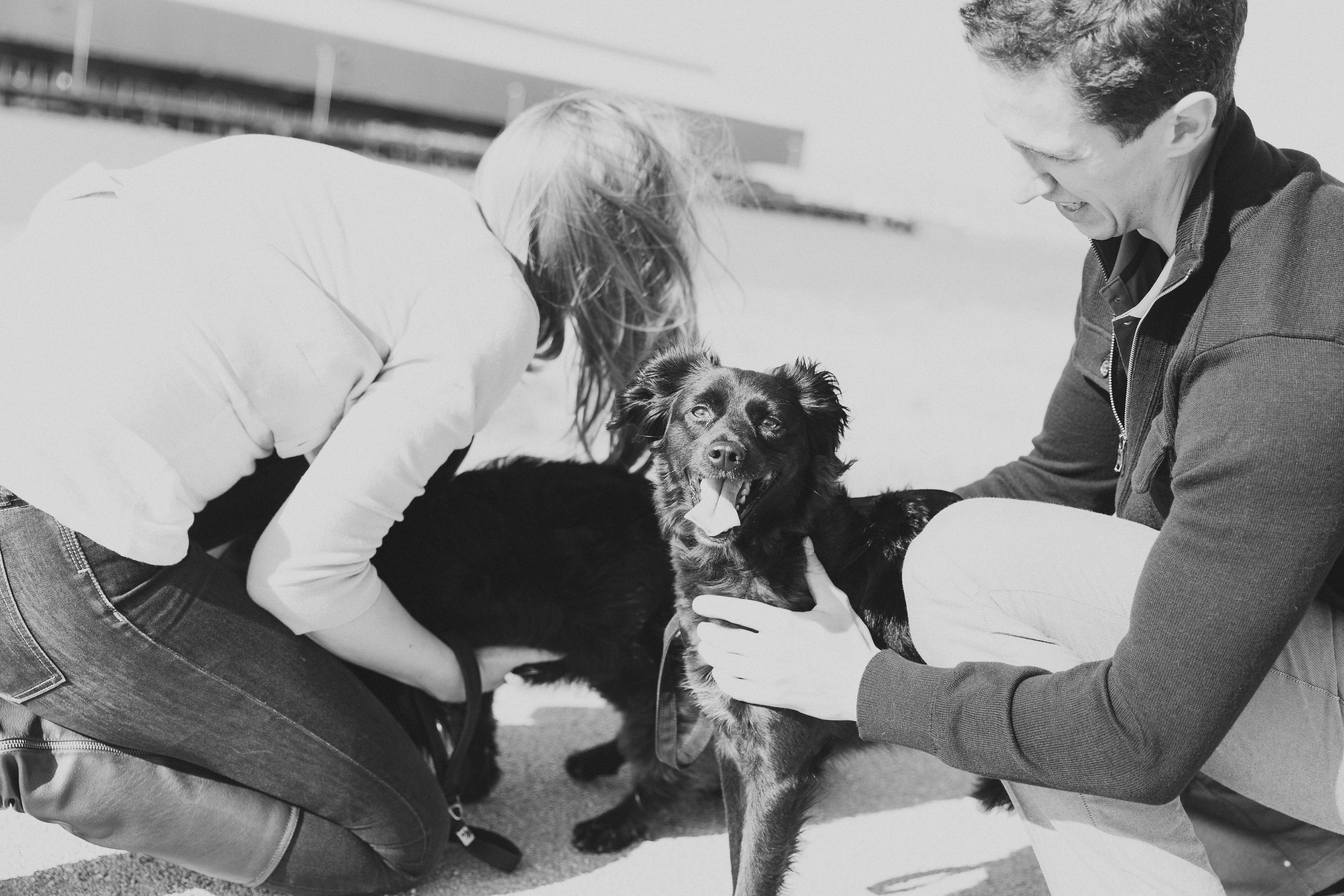I also implement a series of consequences for my dogs in their training programs. For example, if I simply ask my dog to sit and they are overly distracted by other things in their environment, their ‘consequence’ becomes me helping them into the position I initially asked for. By doing this, I am ensuring that I am following through with what I had asked, but also supporting them through their learning as they build reliability.
When I am ready to consider moving my dog off a constant reward system, instead of moving to no reward, I begin with intermittent reward systems. I will ask my dog for multiple behaviors and then pay them for their hard work. I will sporadically pay them so they do not anticipate whether or not a treat (or toy) is on its way.
“I will sporadically pay them so they do not anticipate whether or not a treat (or toy) is on its way.”
Overall, consistent, clear communication and reading what your dog is ready for helps me to meet them where they are at in their training and push them to the next level. By doing this, I build a strong working relationship with my dog that carries over into all environments and allows me the confidence of knowing that regardless of the situations surrounding us, my dogs will reliably respond to what I am asking of them.

If you enjoyed this post, you should read “Love Heals” here.
Have you done anything special to support your dog’s motivation? Share below!

Comment